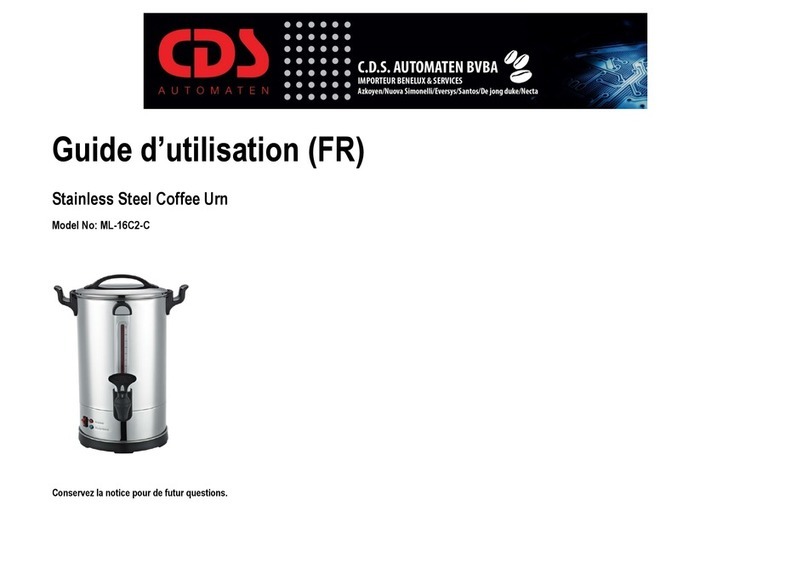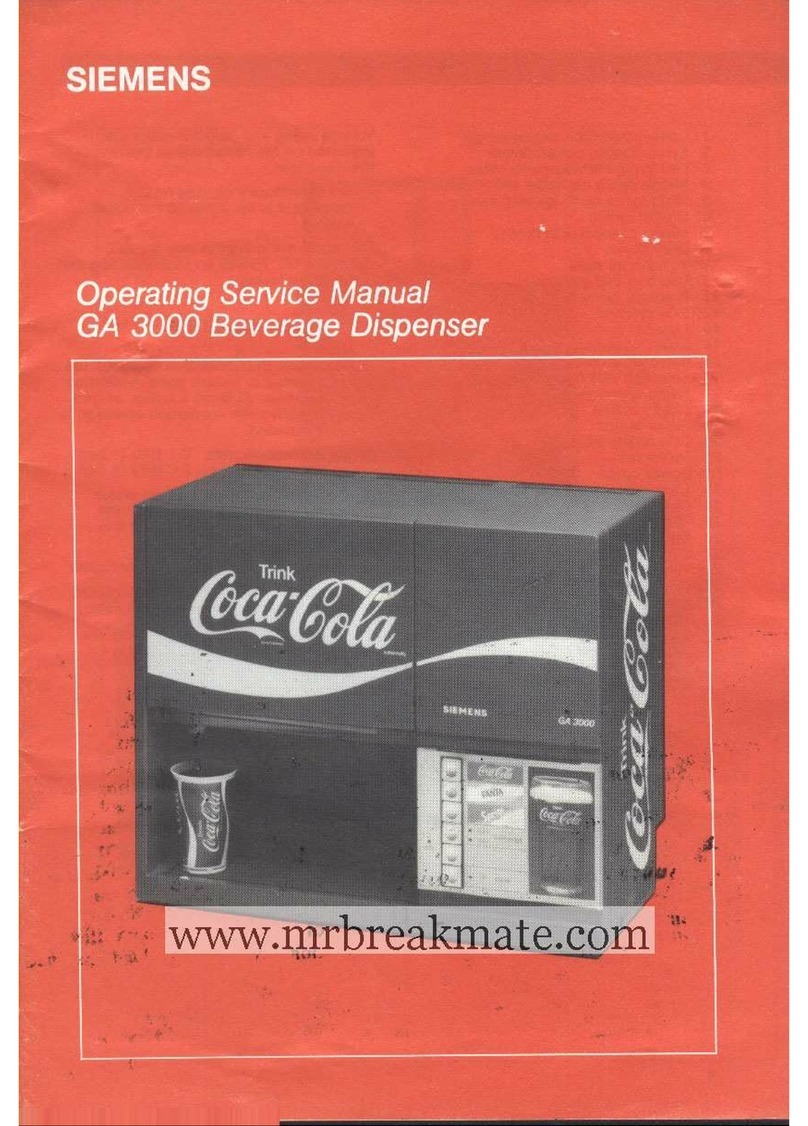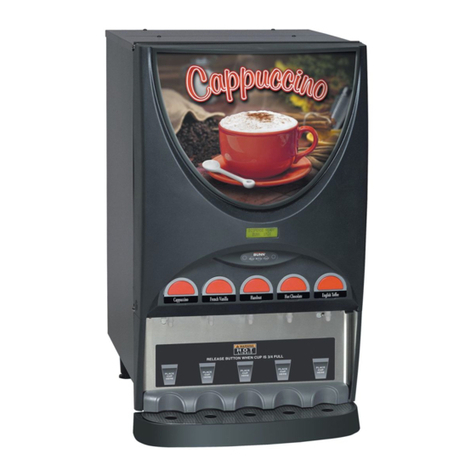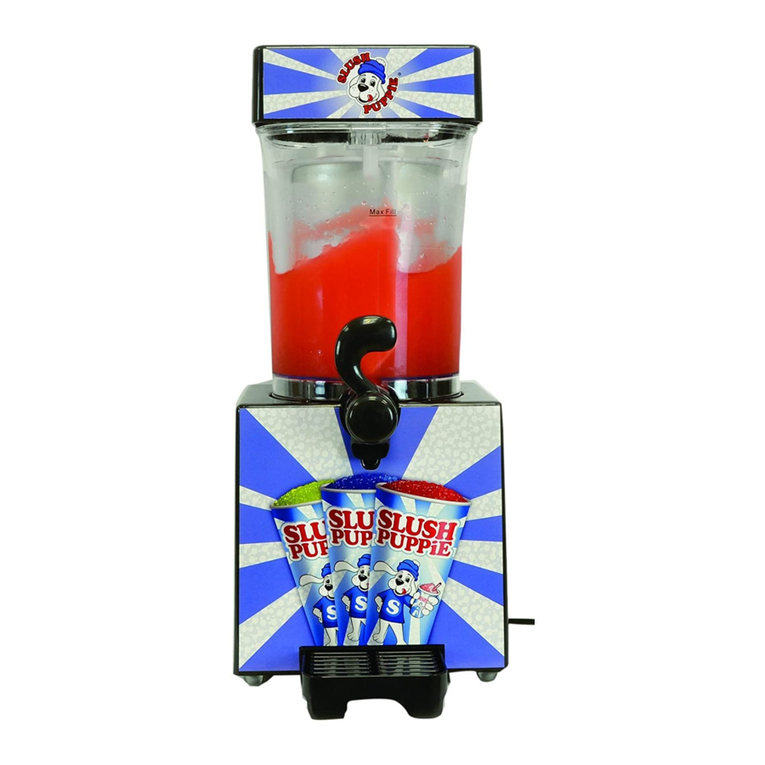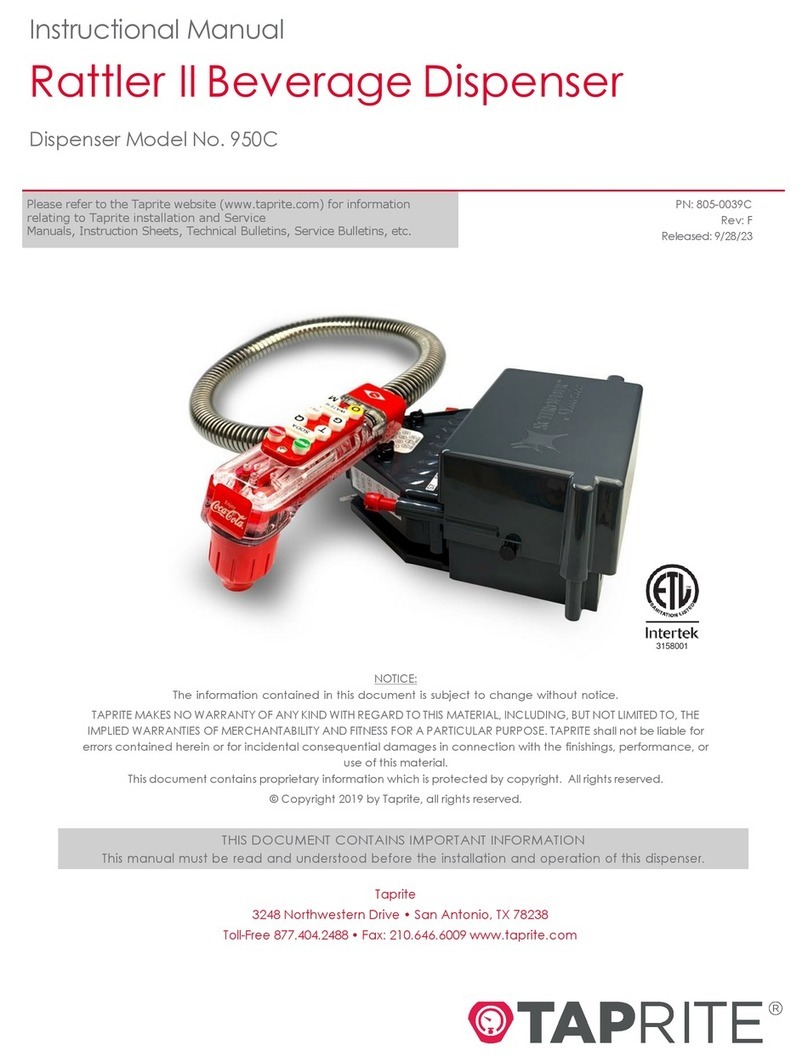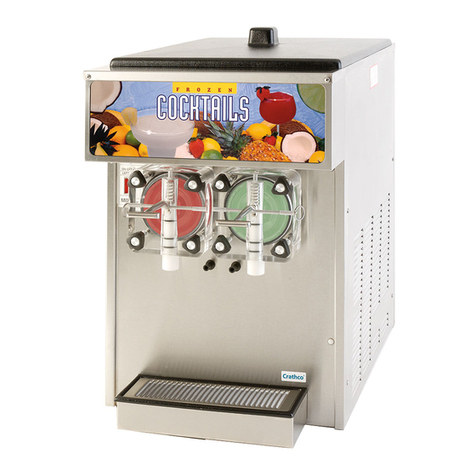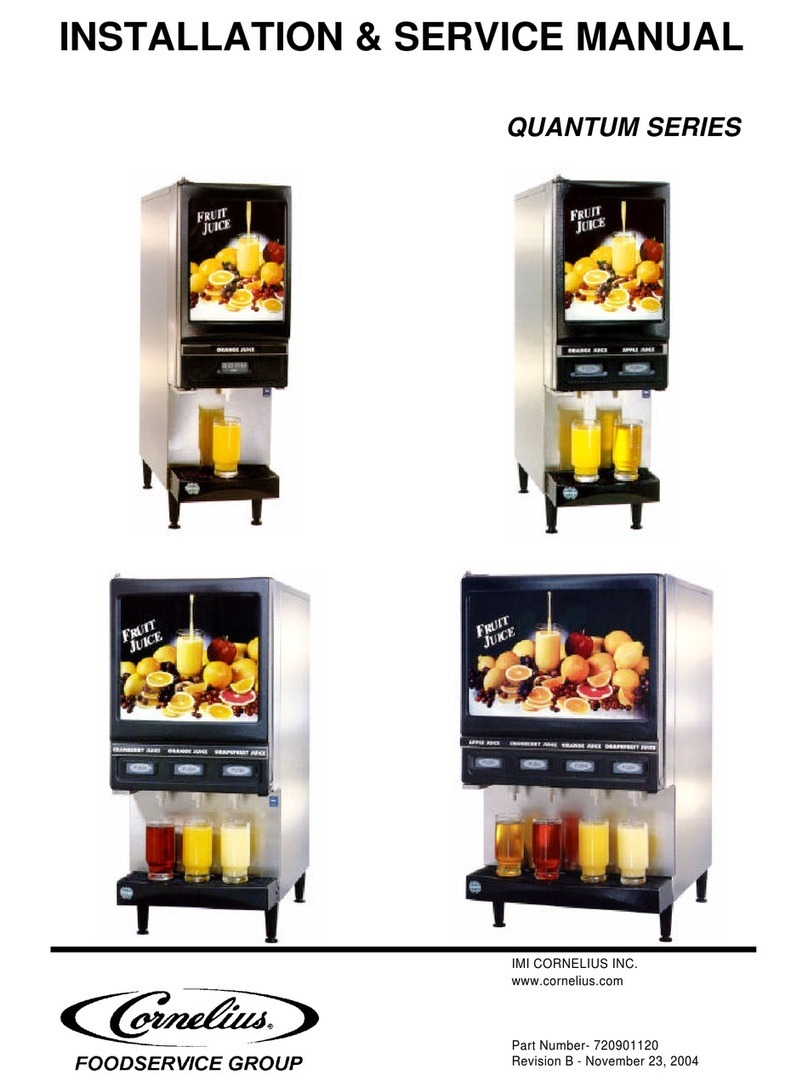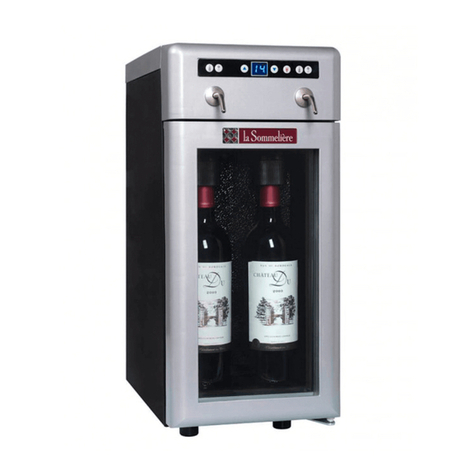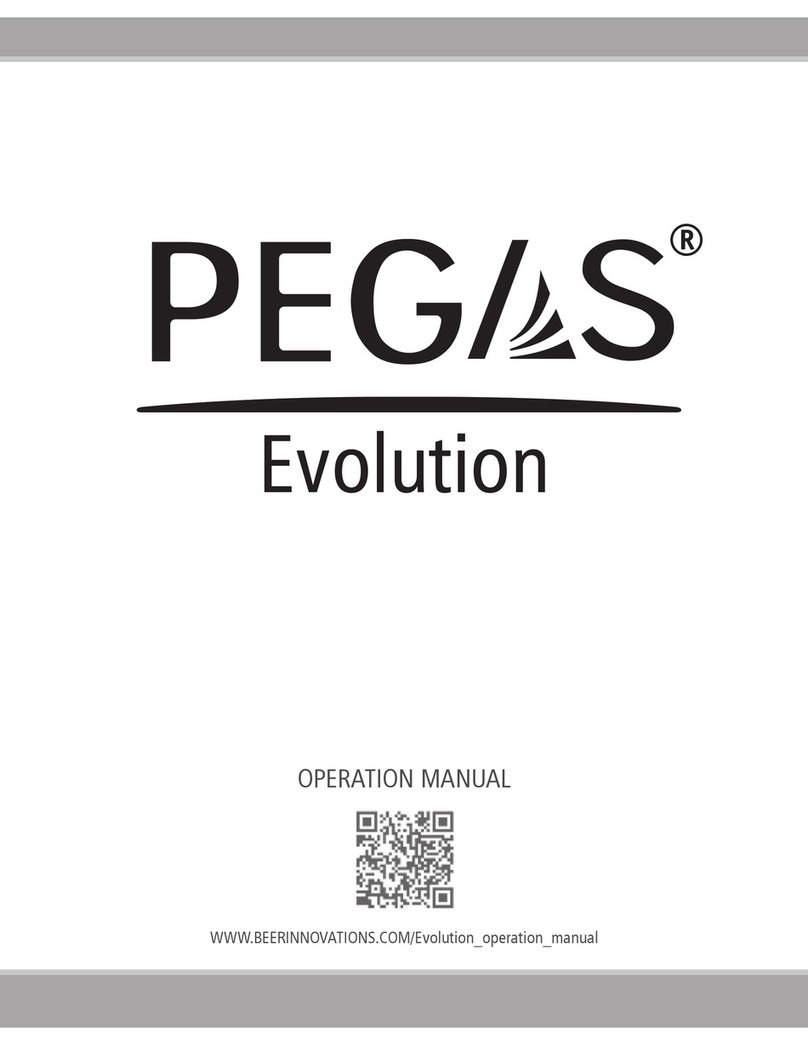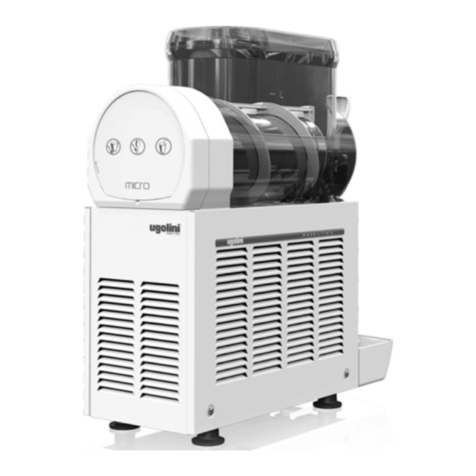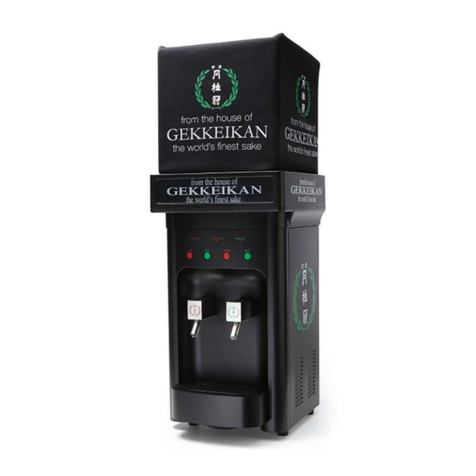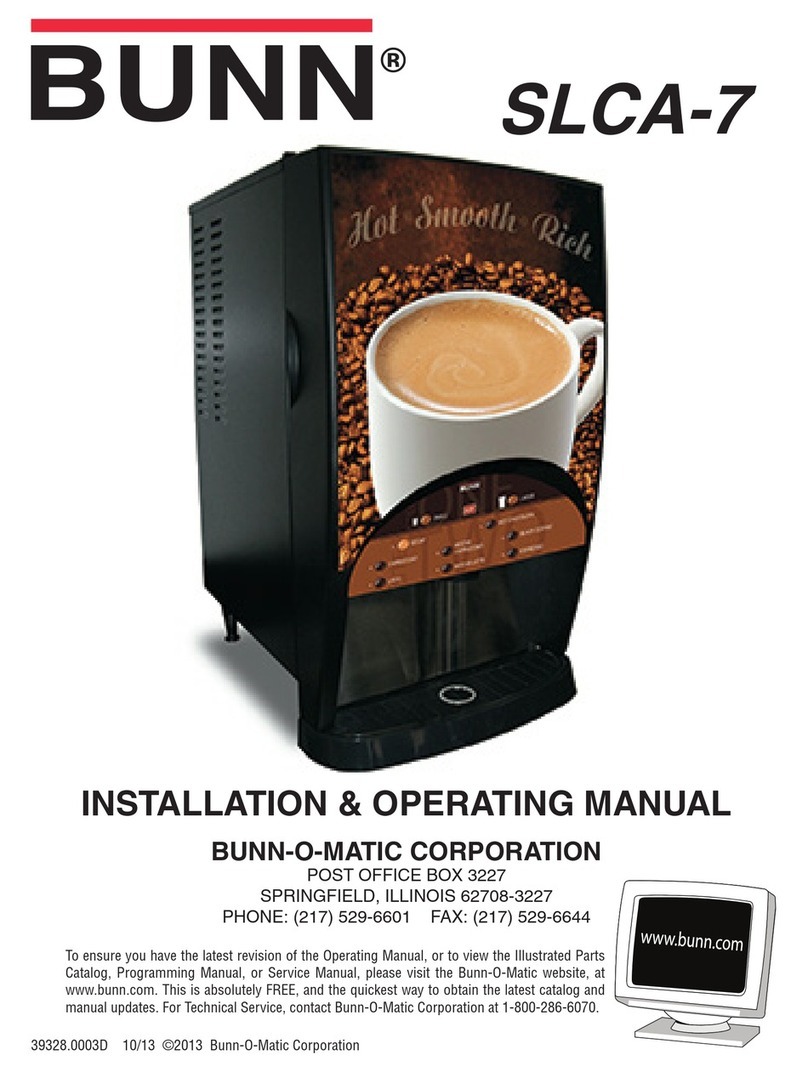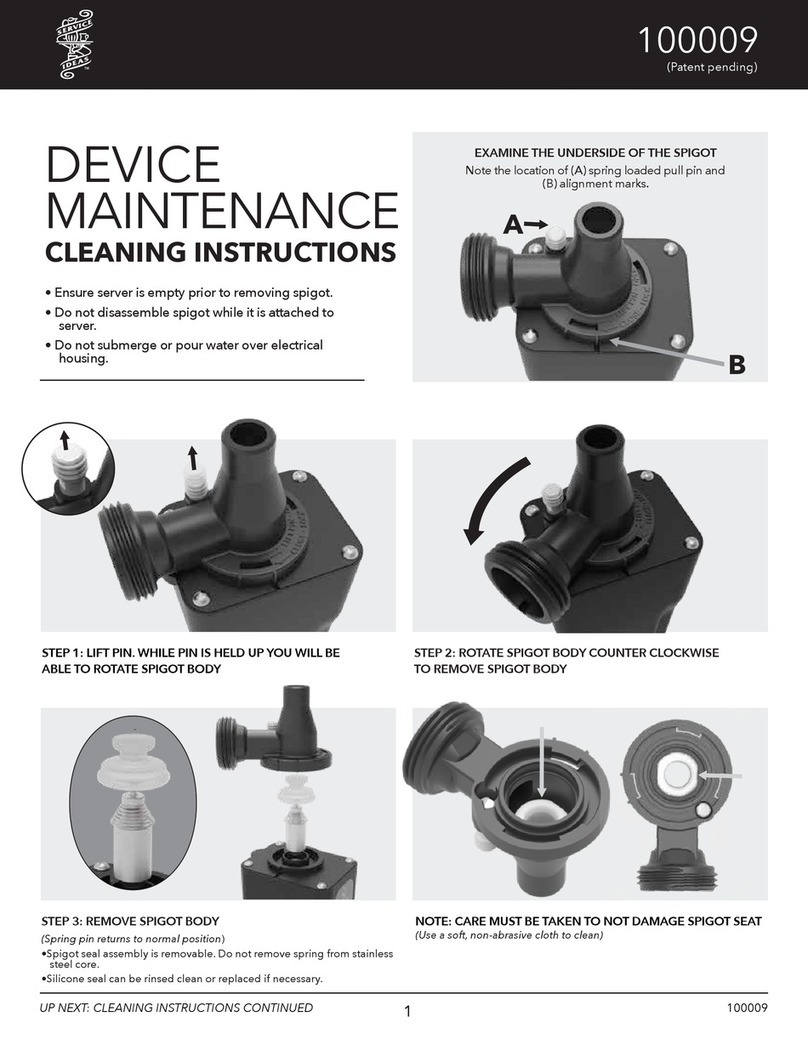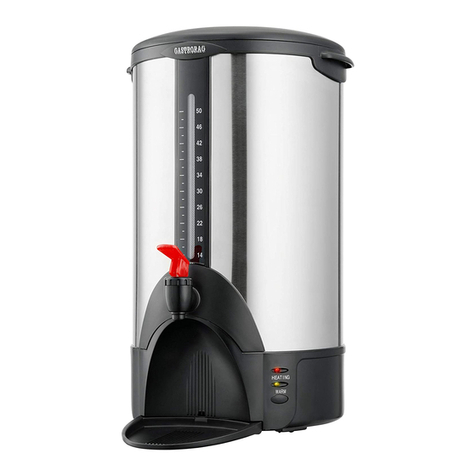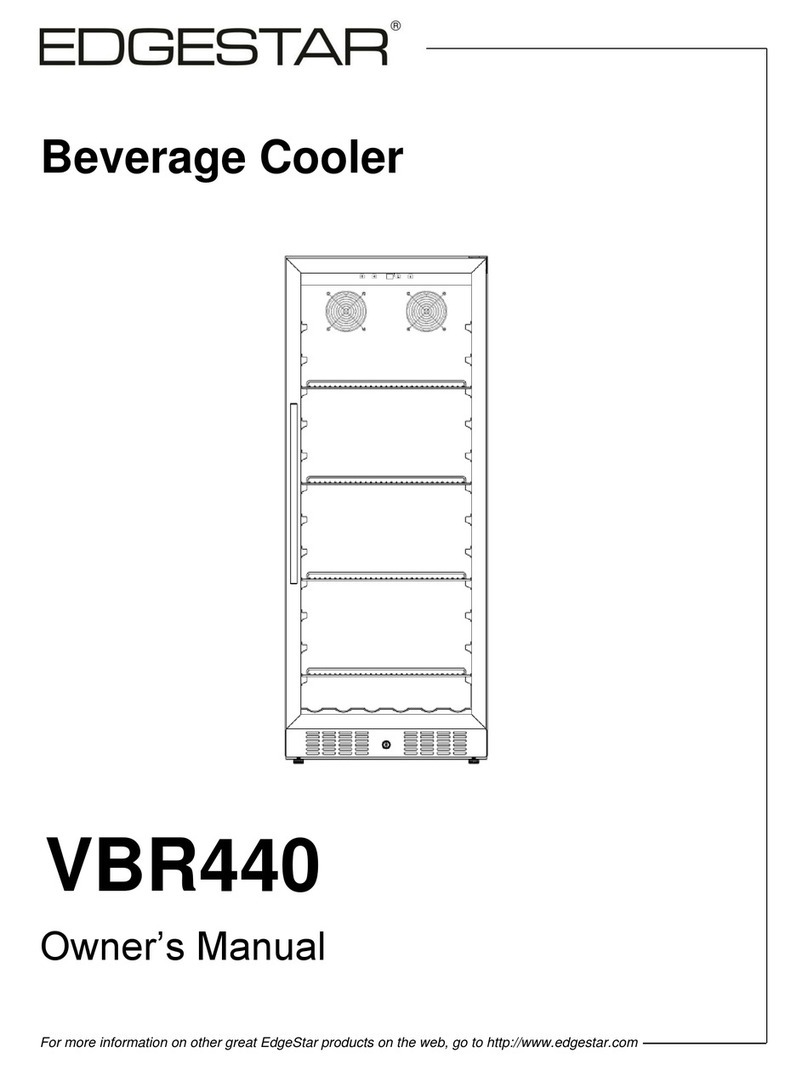
3
Recovery .................................................................................................................................... 35
Recycling ................................................................................................................................... 35
Reclaim ...................................................................................................................................... 35
Safety Warnings ............................................................................................................................... 35
Compressor Testing ................................................................................................................... 35
Charging Sealed Systems .......................................................................................................... 36
Soldering .......................................................................................................................................... 36
Basic Components ........................................................................................................................... 36
Perimeter Hot Tube ........................................................................................................................... 36
Refrigerant Cycle .............................................................................................................................. 36
Low or Low-Side Leak or Undercharge .............................................................................................. 35-37
Testing For Refrigerant Leaks ........................................................................................................... 37
Checking For Internal (Hot Tube) Leaks ............................................................................................ 37
Compressor Replacement ................................................................................................................. 37
To Flush The System ................................................................................................................. 37
To Use Dry Nitrogen To Flush The System .......................................................................... 38-38
To Use Refrigerant To Flush The System ............................................................................. 38
Installing A New Compressor...................................................................................................... 38-38
Evaporator Replacement ................................................................................................................... 40-41
Heat Exchanger Replacement .......................................................................................................... 41-42
Perimeter Hot Tube Repair Kit .......................................................................................................... 42-43
Bypassing Perimeter Hot Tube - Step 1 ..................................................................................... 43
Installing The Heater Wire - Step 2 .............................................................................................43
Installing The Heater Wire - Step 3 .............................................................................................43
Condenser Replacement ................................................................................................................... 43-44
Suction Line And Capillary Tube Replacement .................................................................................. 44
Filter-Drier Installation ....................................................................................................................... 44
Evacuating And Recharging .............................................................................................................. 44
Equipment Needed ..................................................................................................................... 44
Installing Evacuation And Recharging Equipment ....................................................................... 45
Evacuating System .................................................................................................................... 45
Charging The System ................................................................................................................. 45-46
Final Leak Test ................................................................................................................................. 46
R-134a Service Information ................................................................................................................. 47
Verify Refrigerant Type In The System .............................................................................................. 47
Dedicated Equipment ................................................................................................................. 47
R-134a Refrigeration Systems .......................................................................................................... 47
Miscibility Of R-134a And Ester Oil ................................................................................................... 47
Water In The Refrigeration System ................................................................................................... 48
Vacuum Chart .................................................................................................................................. 48
Vacuum Pump Maintenance ............................................................................................................. 48
Refrigerant Leaks .............................................................................................................................. 48
Leak Detection ................................................................................................................................. 49
R-134a Properties ............................................................................................................................. 49
HFC-134a, CFC-12 Pressure Temperature Chart ............................................................................... 50
R-134a Health And Safety Information ................................................................................................ 51
Inhalation Toxicity ............................................................................................................................. 51
Cardiac Sensitization ........................................................................................................................ 51
Spills Or Leaks ................................................................................................................................. 51
Skin And Eye Contact ...................................................................................................................... 51
Combustibility Of HFC-134a .............................................................................................................. 52
Leak Testing .............................................................................................................................. 52
Bulk Delivery And Storage .......................................................................................................... 52
Filling And Charging Operations .................................................................................................52
Refrigerant Recovery Systems ................................................................................................... 52
Thermal Decomposition .................................................................................................................... 52
